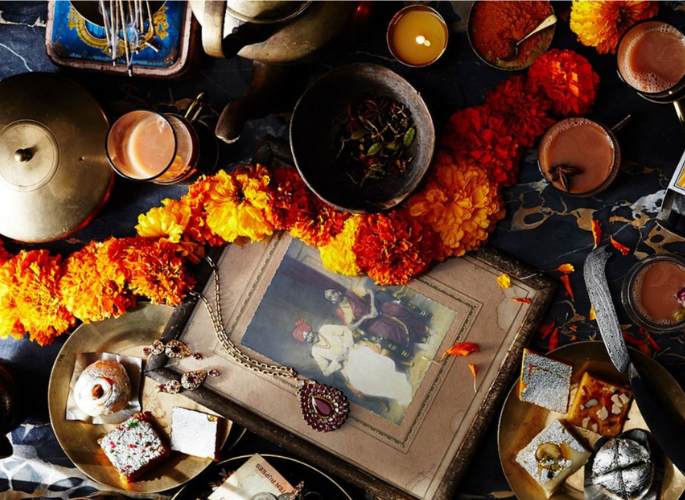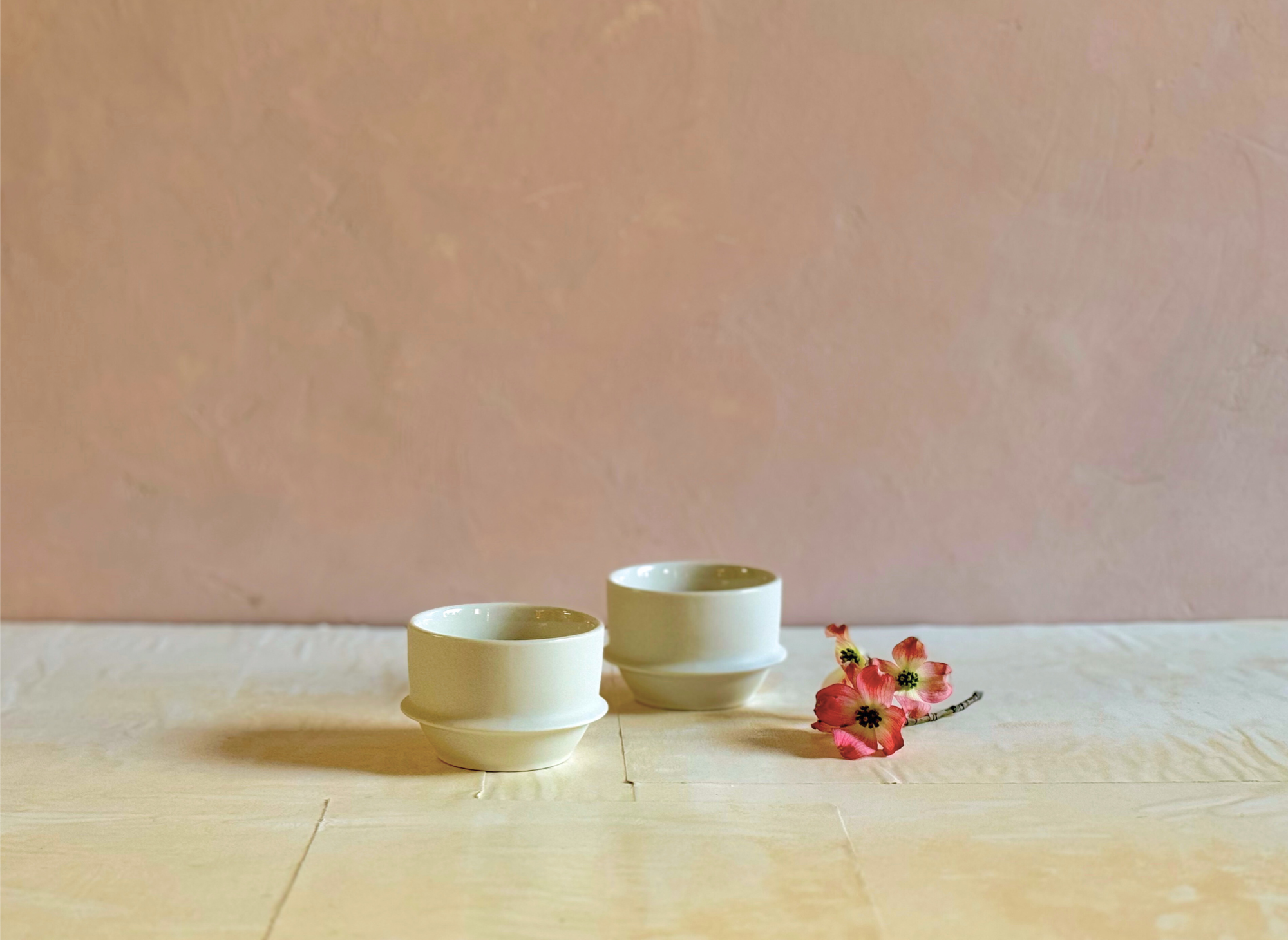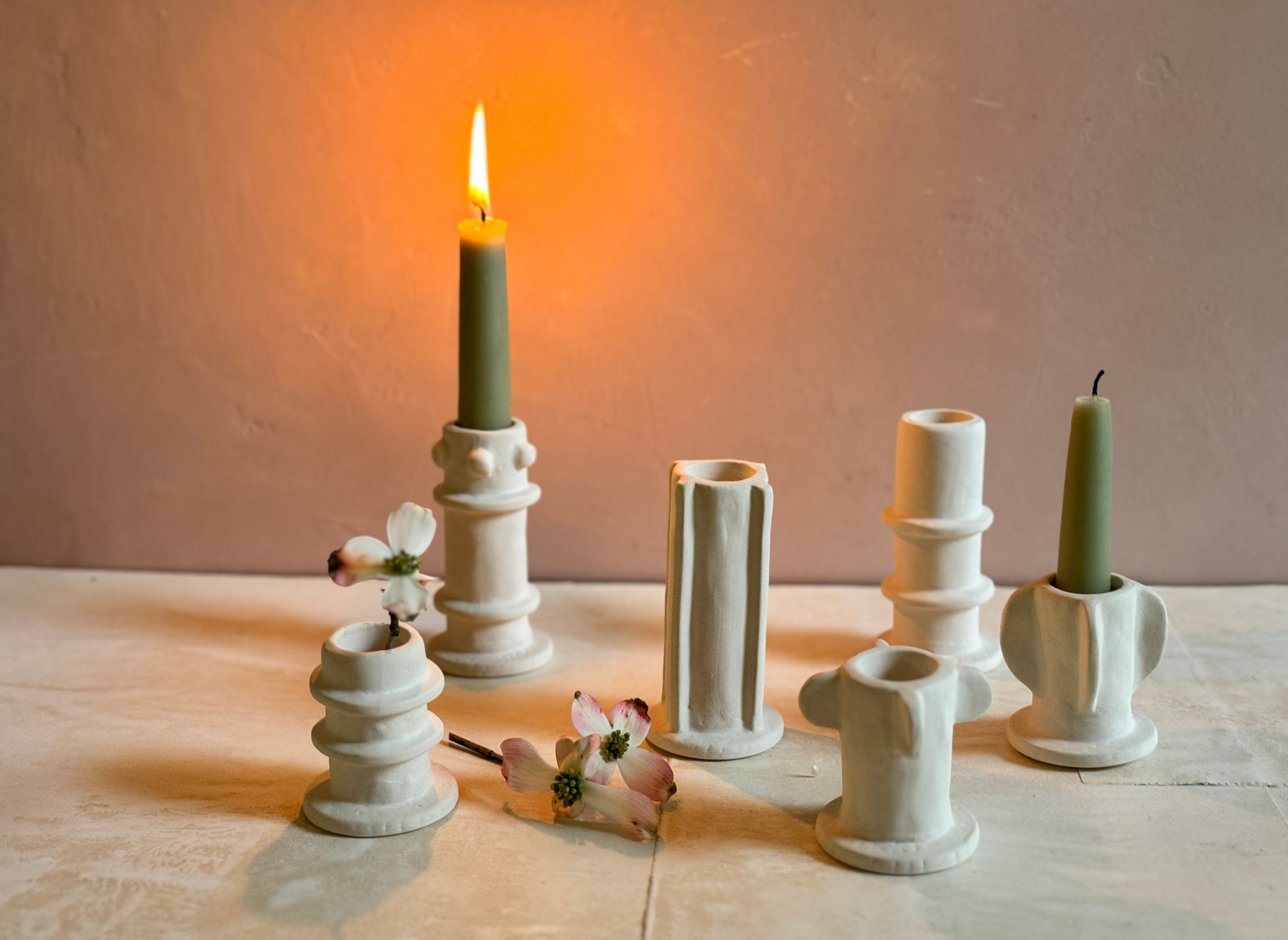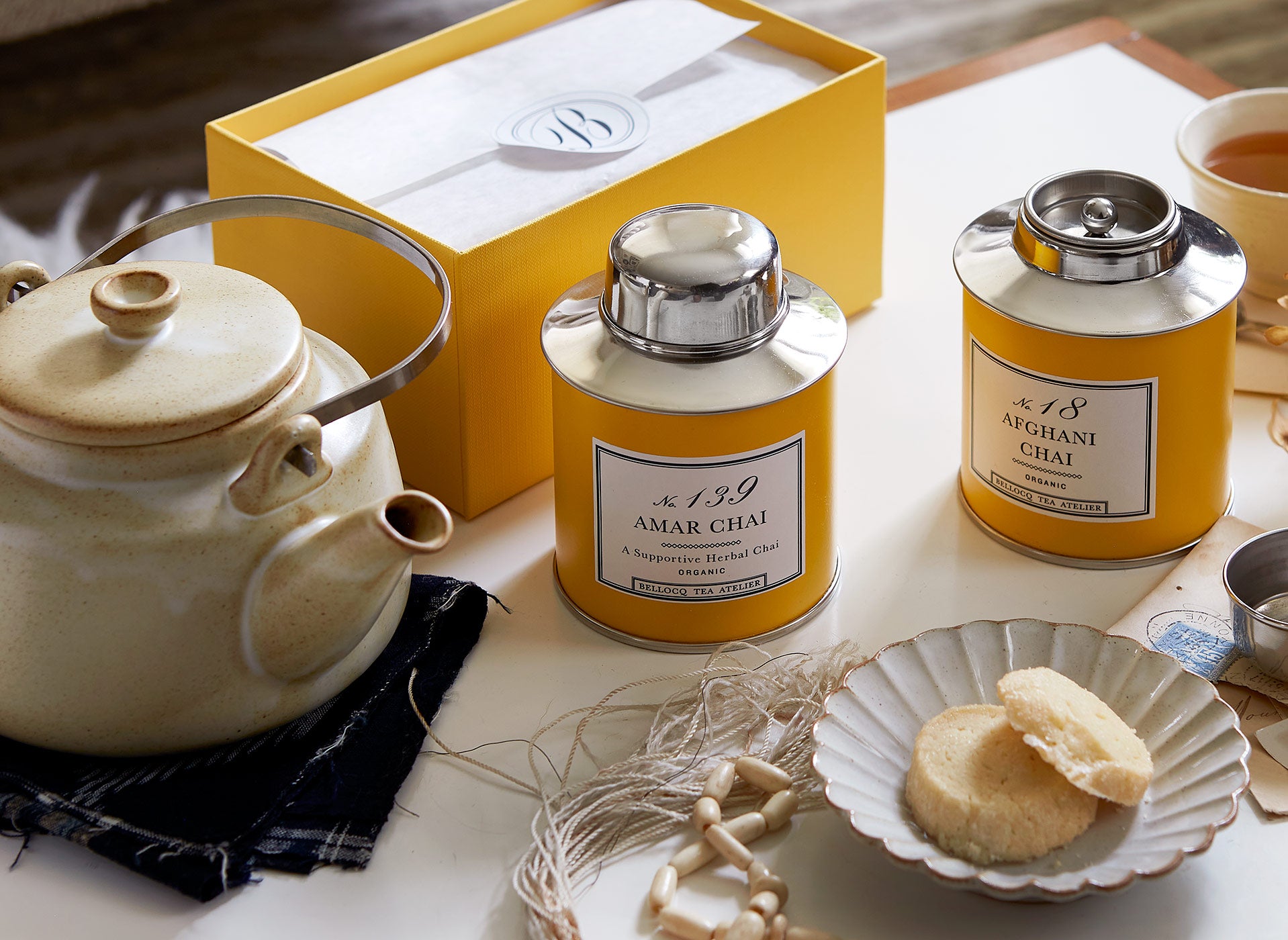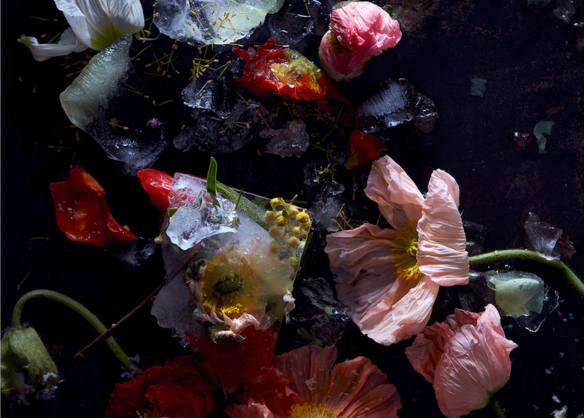The beguiling world of oolong tea is a delightful foray into a most delectable palate. Semi-fermented, a finely crafted oolong will produce a fragrant infusion of exceptional clarity, remaining robust and vibrant, lingering long on the palate, while evolving and changing through successive steeps. A connoisseur’s tea, indeed.
In China, a captivating fusion of terroir and tradition yields a veritable treasure trove of oolong. These leaves of rare beauty, stand as the illustrious legacy of generations dedicated to their cultivation and refinement. Within their delicate folds lies a profound expression of tea culture, each sip revealing an eloquent narrative of craftsmanship and heritage. From the soaring peaks of Wuyi, to the subtropical evergreen forests of the Phoenix Mountains, we hold these verdant leaves in reverent admiration.

Stonefruit, Wildflowers and Honeycomb
an exploration of Phoenix Oolong
Elegant and sophisticated, Feng Huang Dancong, also known as Phoenix Oolong, elicits luscious, lyrical inflections of stonefruit such a nectarine and peach as subtle woody notes lend a subtle, architectural structure. At times, citrusy notes of tangerine dance alongside floral overtures of osmanthus, accented by wild grape musk and the sweet unctuousness of honeycomb.

hui gan
The exceptional profile of these teas resonate on the palate with a desirable astringency, lingering through successive infusions to produce a gentle sweetness within the throat, referred to as hui gan.


Crafting the Season’s Phoenix Oolong
The success of the season’s Phoenix oolong hinges upon a delicate interplay of various factors, including climate, terroir, and the fine skill of the producer. In April, the tender new flush of organic leaves is harvested by hand, sun-dried, and allowed to rest—an intricate process repeated six times over. Subsequently, the leaves undergo a series of transformations: they are stir-fried, twisted, kneaded, re-fermented (twice), and fired (twice). Finally, they are oxidized to 30% before undergoing repeated rounds of roasting until their signature aromatics are coaxed forth. This laborious and time-honored process is aptly known as the ‘Nong Xiang’ style.
shop this season’s phoenix oolong
Leaves from On High
The legendary Phoenix Mountains, standing at 1400 meters, grace the vicinity of Chao Zhou, nestled within the southern coastal province of Guangdong. This soaring, mineral-rich terrain, shrouded in thick tropical humidity, envelopes an ancient land where wild elephants coexist alongside wild tea cultivars, just beyond the shores of the South China Sea.
Evocative Flavor Profiles
Poetic and steeped in tradition, names like Ye Lai Xiang (Night Blooming Jasmine) and Huang Zhi Xiang (Yellow Gardenia) effortlessly roll off the tongue, much like the exquisite infusions coaxed from within the leaves. Despite its whimsical monikers—Ye Shi Xiang humorously translating to ‘Duck Shit’—Phoenix teas are both rare and soulfully beautiful, yet remarkably approachable. It is precisely this captivating style that often serves as a gateway to a deeper appreciation for pure teas.


Mineral, Wood, Incense & Spice
exploring the Cliff Teas of Wuyi
Nestled within the mist-shrouded valleys of the Wuyi Mountains in Northern Fujian lies a terroir rich in ancient tradition, where soaring stones bestow a distinct mineral essence upon the sublime leaves known as Wu Yi Yan Cha (rock tea), or ‘cliff tea.’ This moniker reflects the rugged landscape of the post-volcanic rocky terrain, which imparts a unique mineral character to the teas produced here. The result is a complex and robust infusion, redolent with notes of toasted brown rice, cinnamon, cocoa, fruit, honeysuckle, and molasses. Among the renowned cliff teas, Da Hong Pao (Big Red Robe) stands as one of the most celebrated.


Cong Wei
It is widely acknowledged that tea trees aged over 50-60 years yield the finest leaves, imbuing them with a gentle sweetness not found in younger bushes. Harvested from the wild within the Wuyi National Park, these tender leaves flourish in the damp valleys with limited sunlight, acquiring the coveted cong wei, or ‘woodsy, mossy, or wild’ essence characteristic of arbor-style rock teas.
A Pantheon of Cultivars
The cultivars found within the Wuyi region boast magnificent and somewhat enigmatic reputations. With over 200 unique varieties, they are categorized into two systems: Ming Cong, encompassing teas with robust energy like Rou Gui and Lao Cong Shui Xian, and Pinzhong, which includes hybrids or cultivars imported from other regions with a lighter body such as Huang Guan Yin, Bai Ru Xiang, and Huang Mei Gui. Each unique cultivar evokes memories of exceptional cups, redolent with notes of narcissus, lilac, leatherwood honey, and toasty nuances reminiscent of barley and bran rusk.


Crafting the Season’s Wuyi Oolong
The meticulous processing of Wuyi oolong leaves demands exceptional skill and precision. This intricate procedure includes sun drying, halting oxidation, shaping, initial kneading, subsequent frying, re-kneading, baking, sorting, cooling, and multiple rounds of roasting and resting. It's a labor-intensive craft rooted in tradition, where every step is carefully executed to bring out the tea’s full flavor potential.
All of Bellocq's hand-harvested oolong leaves are cultivated without the use of fertilizers or pesticides, reflecting our commitment to sustainability and quality.
